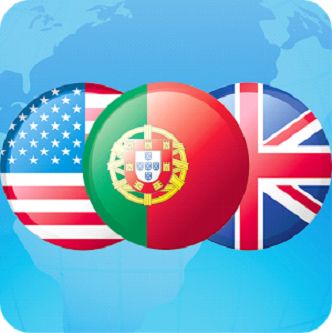By Sarah-Claire Jordan
 Portuguese may not be as widely-spoken as Spanish, English, and some of the other popular languages of the world, but it is spoken by over 200 million people around the world. Its influence goes beyond just Portugal and Brazil, however, as it is also spoken as an official language in Cape Verde, Angola, and Mozambique. In many other countries it may not be a language used by the government, but it is still spoken by a good portion of the population.
Portuguese may not be as widely-spoken as Spanish, English, and some of the other popular languages of the world, but it is spoken by over 200 million people around the world. Its influence goes beyond just Portugal and Brazil, however, as it is also spoken as an official language in Cape Verde, Angola, and Mozambique. In many other countries it may not be a language used by the government, but it is still spoken by a good portion of the population.
Given all of this information, plus the fact that Brazil in particular has a growing economy with many booming industries, you can probably see how it would be important for many businesses to start considering translating and localizing for the Portuguese-speaking market, if they haven’t already.
Just like with any language pair, translating something from English into Portuguese does have its challenges. One issue is the sheer number of Portuguese dialects. The two main ones are Brazilian Portuguese and European Portuguese, but there are also specific dialects spoken in Angola, Cape Verde, and other countries.
Unlike Spanish, which has a standard dialect, there is no one dialect that every Portuguese speaker would accept as a “neutral” dialect of their language. There are basically three general choices: European, Brazilian, or one of the African dialects.
Besides differences in the different dialects of Portuguese, some things are true across the board for translating into Portuguese from English. For example, when you come across a gerund in the English source text, it isn’t always the best idea to use a gerund in the Portuguese target text. Like in Spanish, many times when we would use a gerund in English, the infinitive form of a verb will do just as well or better in Portuguese.
For translators well-versed in desktop publishing, the length of translated Portuguese sentences compared to the original English sentences is something to be aware of as well. In general, the Portuguese target text will end up having longer sentences than the English source text, which could change the layout of a document a bit. Knowing that this is likely to happen and figuring out ways to accommodate the target text is essential for a polished finished product.
A few small but important details can get lost in the mix of Portuguese translation as well, such as proper capitalization and date format. In English, the rule for headings is that the first letter of every word in the heading should be capitalized. In Portuguese, just the first letter of the first word needs to be capitalized. Portuguese-speaking countries generally use the 24-hour method of expressing time, where 8:00 pm would be 20:00, for example. Dates are also different from English to Portuguese, with Portuguese dates being in the day/month/year order instead of month/day/year.
Some of these difficulties may seem like small things to worry about, but when you have promised to deliver an accurate and polished final document, these things are actually very important. Your best bet as a business owner is to get in touch with a seasoned and professional English to Portuguese translator and work with them on any and all projects.




